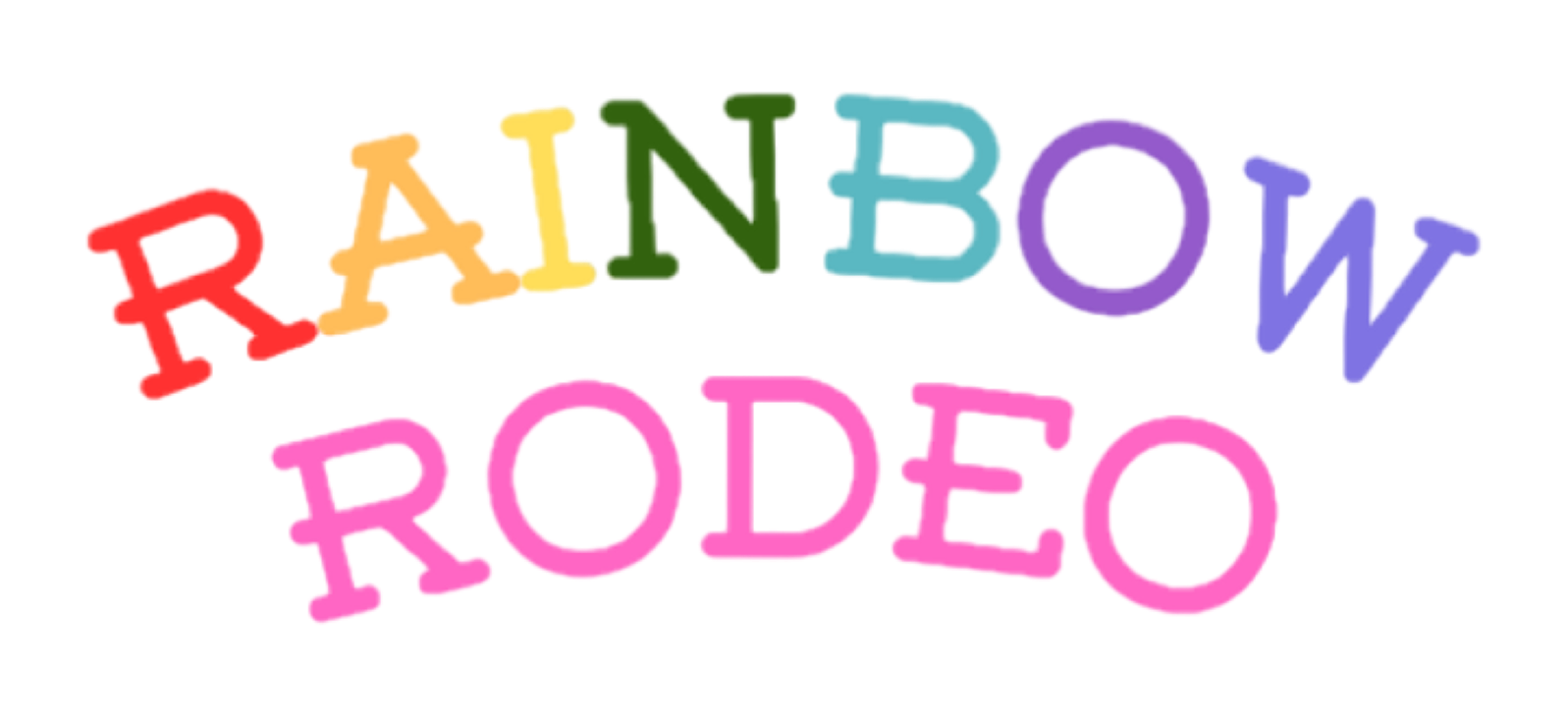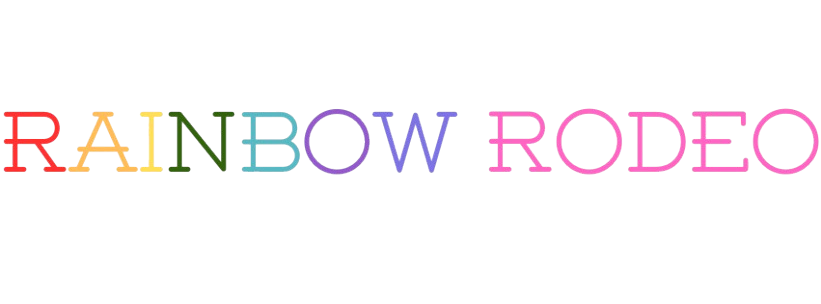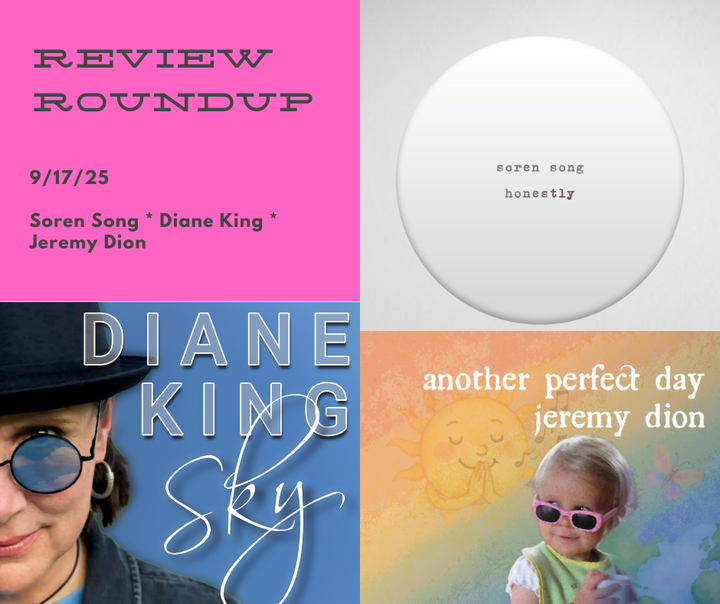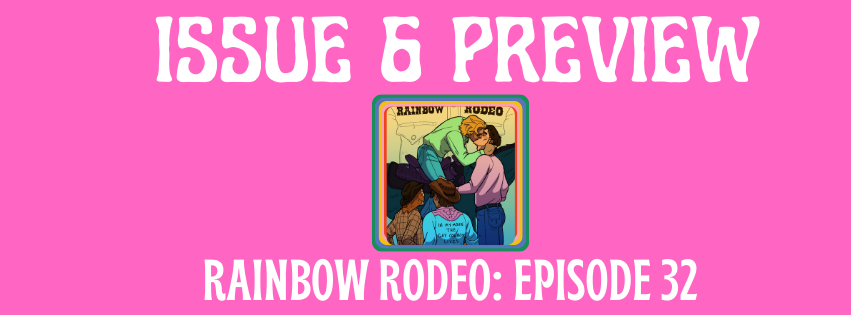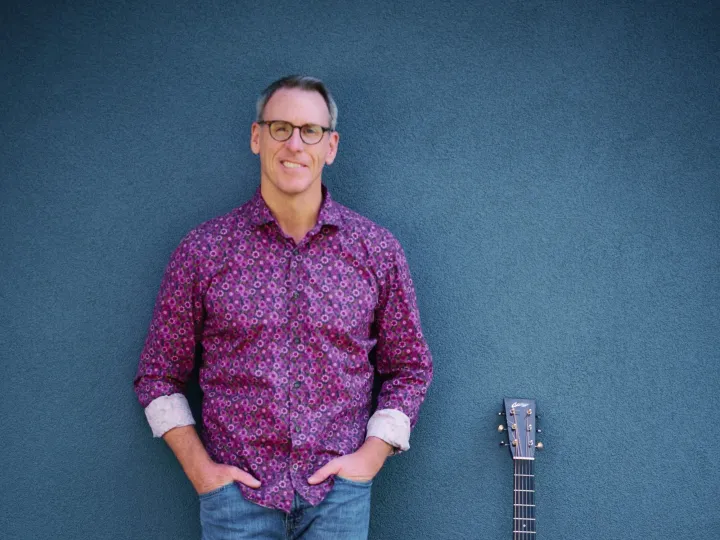INTERVIEW: Jeremy Dion Focuses On "All I See Is You"
Jeremy Dion gives us a love song for all seasons on "All I See Is You"
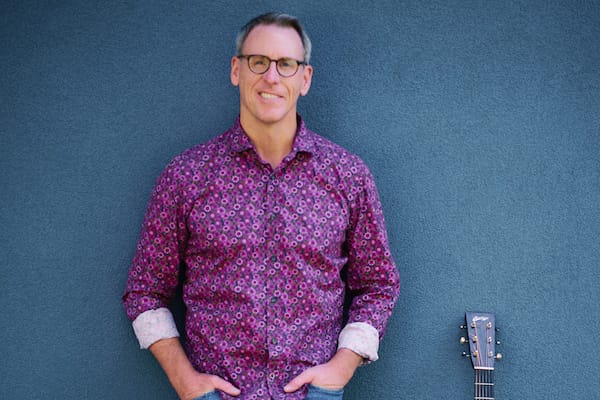
Just in time for Valentine's Day, Jeremy Dion releases a lovely video for his Laurel Canyon-infused "All I See Is You." As Dion discusses in our interview below, the song takes cues from artists like James Taylor and Paul Simon. Dion described his journey to coming out and performing publicly in a moving essay last year. "All I See Is You" has overcome that self-doubt, and is a love song for all seasons.
Who are some of your musical influences?
Well-written lyrics tend to move me more than the music itself, so my major influences are writers like Paul Simon, James Taylor, Jerry Garcia (and lyricist Robert Hunter), Darrell Scott, and my fellow Boulder colleague Gregory Alan Iskov.
Explain the title of your album.
Bend in the Middle is a song (and album) that encompasses a lot of what I find myself talking to my therapy clients about - that those parts of our personalities that the world taught us didn't quite "fit," are often connected to some of our most important parts. Furthermore, the personal journey towards reconnecting with those aspects is both vital and paved with personal insight. My hope for all of us is that we learn to pay more attention to ourselves instead of what others think about us, being far less concerned with how everyone else is living, and more focused with getting ourselves in a good mood. That's what the song (and the album) Bend in the Middle is all about.
What do you think you could do to make your music or shows more accessible to a more diverse audience?
I have recently started reading a brief paragraph at the start of my shows entitled "You Are Welcome Here." Like it sounds, it's a series of statements welcoming all humans to this event regardless of creed, race, orientation, gender expression, etc. I so far have chosen to read that statement primarily in settings where I feel entirely safe to do so, but I think I could continue to expand my reach and make that reading a staple at my shows, regardless of where I'm performing.
How do you feel your coming out journey plays into your music?
My coming out process continues to unfold in interesting ways. Since it didn't formally begin until I was in my late 30's, I still find myself fascinated with each new iteration of what the process looks and feels like now. For example, last summer I played a house concert (in front of my mother, no less) where I used my music to tell my coming out story. I didn't give my mother a heads up that I was going to do this, and it certainly caught her by surprise, and not in a good way. But the rest of the attendees were incredibly receptive, and the vibe of the evening was warm, open, and connected. Each musical performance is different for me on many levels, including my level of overt openness. Sometimes I introduce a song by openly referencing my husband, other times I let my partner's gender remain more obscure to the listeners. So while I feel quite "out" by most standards, there are still times and places where I can feel some residual discomfort with my orientation.
Is there a professional “bucket list” item you would love to check off?
I have many musical bucket list items, and the two biggest ones have to do with venues. I grew up in Washington state, but have now lived in Colorado for the past 25 years. So my two dream venues are the Gorge in Washington, and of course Red Rocks in Colorado. And if I happened to open for, say, Noah Kahan, Hozier, or John Mayer while playing those venues, well that would just be a bonus.
